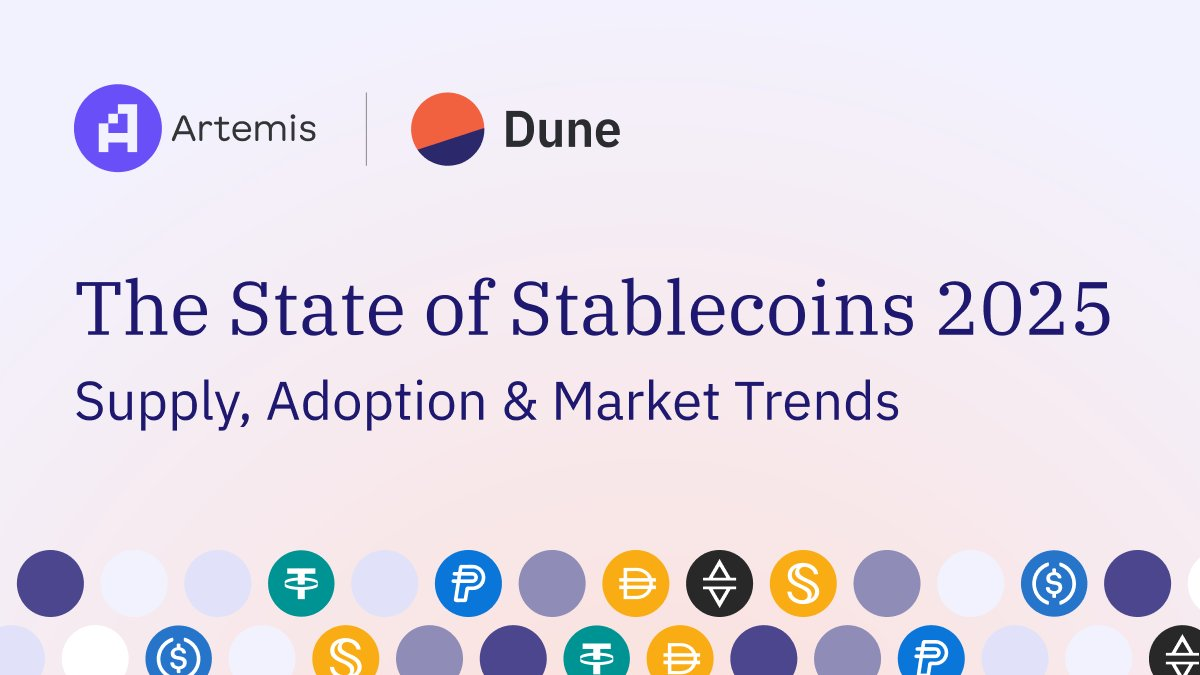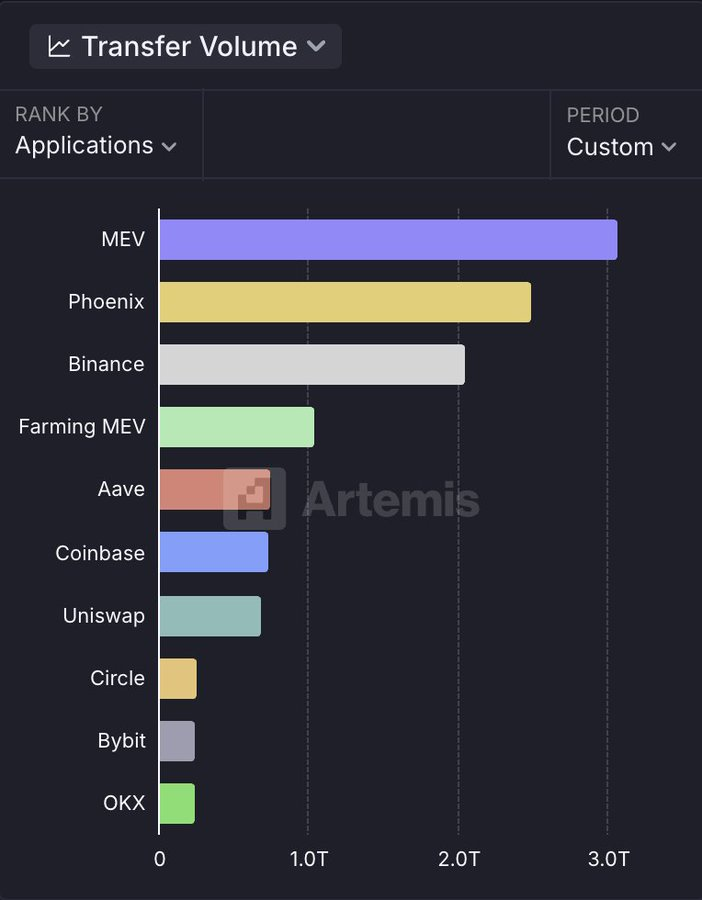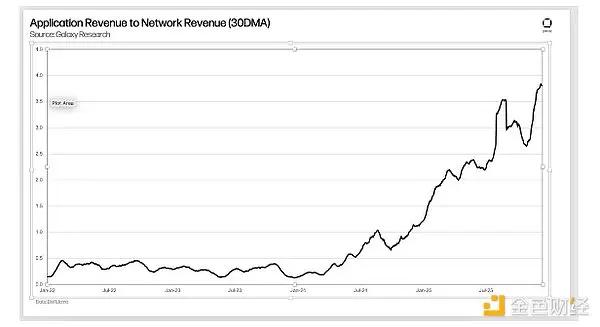
Stablecoins are reshaping the global financial system at an unprecedented pace. According to the "2025 Stablecoin Landscape" report jointly released by Dune and Artemis, the stablecoin market has seen significant growth in the past year, with accelerated institutional adoption, the rise of decentralized stablecoins, and continued growth in on-chain transaction activity.
Market Size and Growth Trends
As of February 2025, the total stablecoin supply has reached $214 billion, with an annual trading volume of $35 trillion, double the annual transaction volume of Visa. Market activity has also increased, with the number of active addresses growing by 53% to over 30 million. Institutional capital is flowing in, driving the deep integration of traditional finance (TradFi) and the crypto market.

Changes in the Dominance of USDC and USDT
Driven by regulatory compliance and market strategies, USDC and USDT still maintain a dominant position, but their market shares have seen subtle changes.
USDC's market capitalization has doubled to $56 billion, primarily due to MiCA and DIFC regulatory approvals, the addition of key strategic partners such as Stripe and MoneyGram, and rapid global market expansion.
USDT's total market capitalization has grown to $146 billion, still the largest stablecoin by market cap, but its market share has declined, with lower institutional adoption and a shift in focus towards the P2P remittance market, solidifying its position in the global payments landscape.

The Rise of Decentralized Stablecoins
Within the decentralized finance (DeFi) ecosystem, the influence of decentralized stablecoins has significantly increased, with several emerging projects achieving breakthrough growth.
- USDe (Ethena Labs): Its market capitalization has skyrocketed from $146 million to $6.2 billion, making it the third-largest stablecoin in the market. The key to its growth lies in its innovative yield strategies and delta-neutral hedging mechanism.
- USDS (MakerDAO): MakerDAO has rebranded to Sky and launched the compliance-friendly USDS, which reached a market capitalization of $2.6 billion as of February 2025. This adjustment has strengthened its competitiveness in the decentralized stablecoin market.

Capital Flows and Industry Distribution
The flow of stablecoins reflects the positioning and competitiveness of different blockchains in the market:
- Ethereum remains the primary issuance platform for stablecoins, accounting for 55% of the total supply.
- Base and Solana have seen rapid growth in transaction volume, driven by the DeFi and meme coin markets, and have become important on-chain ecosystems for stablecoin circulation.
- TRON continues to occupy a core position in the global P2P payments and cross-border remittance market, particularly in emerging markets, where stablecoins are widely used for payments and savings.

Most stablecoin liquidity is concentrated in centralized exchanges (CEXs), with trading volume primarily driven by DeFi (DEXs, lending, and yield farming), reflecting the efficient circulation and innovation of capital.


Core Functions and Future Development
Stablecoins have become a critical infrastructure in the crypto market and are also driving innovation in the traditional finance sector. Industry experts are optimistic about the future development of stablecoins:
"Stablecoins are the lifeblood of the crypto market and a super conductor of the financial system. They have opened up new markets and financial opportunities, enabling innovations that were previously out of reach." - Rob Hadick, General Partner at Dragonfly
"Stablecoins have significant advantages in cross-border payments. I hope Base will support more local currency stablecoins, allowing global users to transact on-chain using familiar currencies and increasing the adoption of blockchain technology." - Neodaoist, Product Lead at Base
"The next generation of stablecoins must have market resilience. The core of USDe is its yield-supported stabilization mechanism, ensuring users have a reliable US dollar alternative." - Conor Ryder, Head of Research at Ethena Labs
"Stablecoin flows depend on the quality of the underlying infrastructure - low-cost, fast transactions, and market demand. On Solana, meme coin trading pairs have extremely high liquidity and instant settlement needs, making stablecoins an integral part." - Andrew Hong, Founder and Data Analytics Expert at Herd
"TRON has become the preferred blockchain for stablecoin trading, with daily trading volumes reaching billions of dollars. USDT on TRON has driven real economic activity, especially in emerging markets, where it has become a key tool for payments and savings." - Sam Elfarra, Community Spokesperson at TRON DAO







